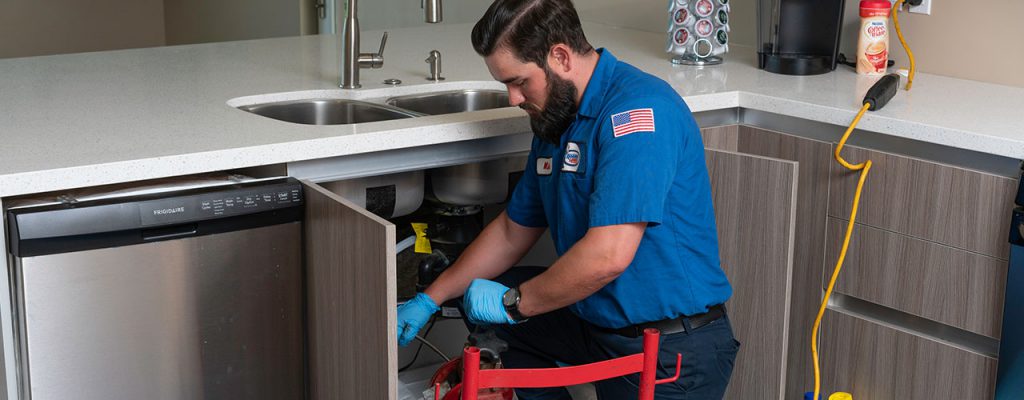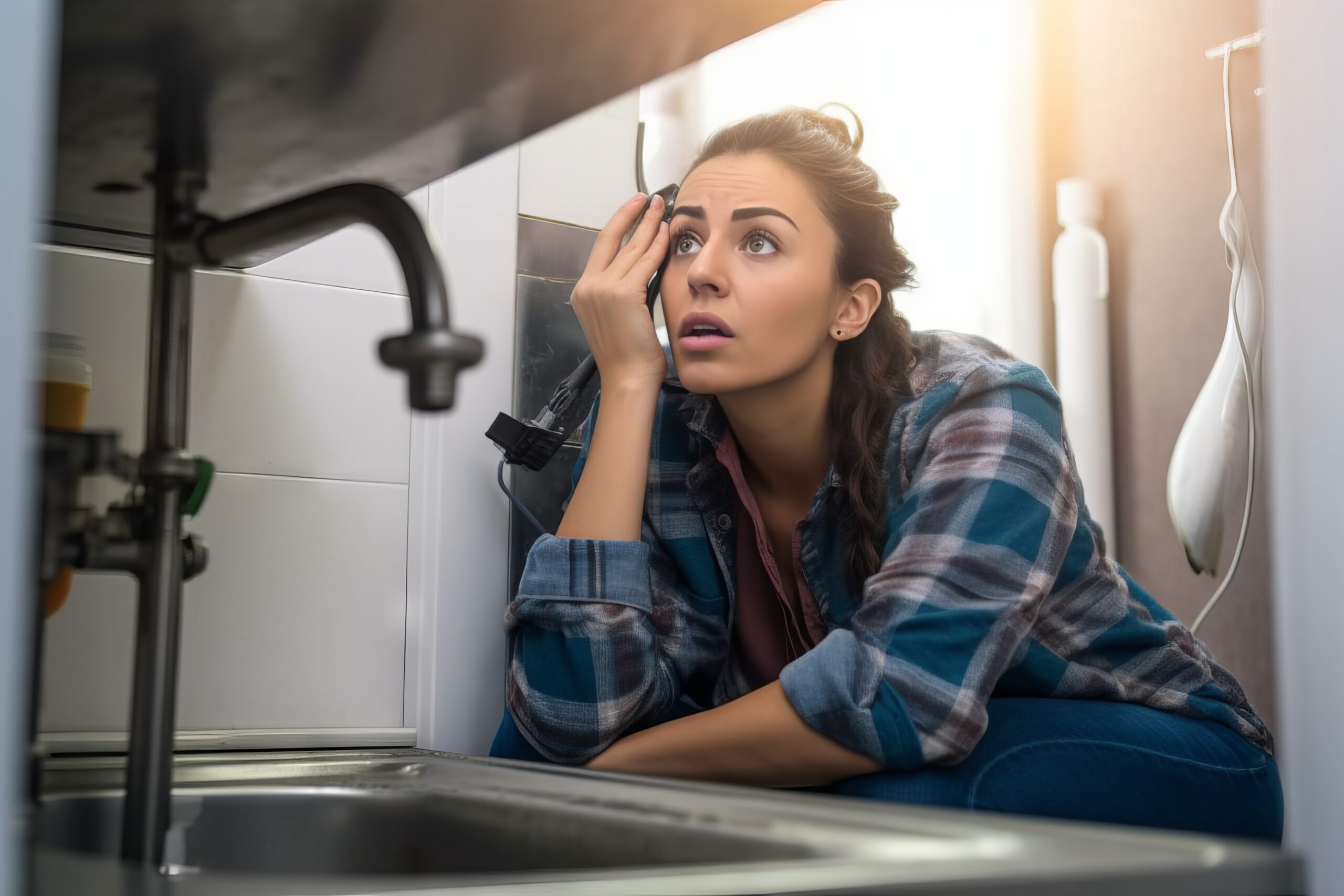A Homeowner’s Guide to Plumbing Issues in Older Homes
A Homeowner’s Guide to Plumbing Issues in Older Homes
Blog Article
The article author is making several great pointers on the subject of Plumbing Problems In Old Homes in general in this post on the next paragraphs.

Older homes frequently come with appeal, character, and background, however they can also bring a host of pipes problems. Whether you're dealing with maturing pipes, low tide pressure, or leakages, knowing just how to attend to these common troubles is essential to keeping a risk-free and useful home. In this overview, we'll explore the normal plumbing difficulties faced by older homes and supply practical remedies to keep your pipes in top shape.
Recognizing Typical Pipes Problems
Aging Pipelines
One of the most usual issues in older homes is maturing pipelines. Depending upon the period in which your home was built, the pipelines could be made from materials that have actually worn away gradually, such as galvanized steel, cast iron, or even lead. These materials can wear away, become fragile, or create leakages, causing water damages and potential health hazards.
Low Tide Pressure
If you're experiencing low water pressure, it could be because of natural resources, deterioration inside the pipes, or old fixtures that are no more functioning effectively. This can be a significant aggravation, especially in areas like showers and sinks.
Leaking Pipelines
Leaks are another regular problem in older homes, usually caused by corroded or worn-out pipelines. Also tiny leakages can lead to significant water damage, mold development, and increased water expenses otherwise addressed quickly.
Out-of-date Fixtures
Out-of-date plumbing fixtures such as faucets, bathrooms, and showerheads not just look old yet may also be less efficient, prone to leaks, or incompatible with modern pipes requirements.
Pipeline Rust
Rust is a typical issue in older pipelines, specifically those made from galvanized steel or actors iron. Rusty pipelines can limit water flow, trigger discoloration, and eventually bring about leakages or pipe bursts.
Evaluating the Condition of Your Plumbing
Inspecting Visible Pipes
Start by inspecting any kind of noticeable pipelines in your home, such as those in basements, crawl spaces, or under sinks. Search for signs of corrosion, leakages, or corrosion, which can suggest underlying issues.
Checking for Leaks
Look for leakages by examining areas around taps, bathrooms, and under sinks. You can also monitor your water meter prior to and after a period of no water use to spot covert leaks.
Water Top Quality Screening
Older pipes can affect the top quality of your water. Conduct a water high quality examination to check for impurities such as lead, corrosion, or other contaminations that might be introduced by maturing pipelines.
Solutions for Typical Plumbing Concerns
Replacing Aging Pipelines
If your home has old, degrading pipes, consider changing them with contemporary materials like copper or PEX. This can be a substantial investment, yet it will avoid future issues and enhance the safety and integrity of your plumbing system.
Fixing Low Tide Pressure
To deal with low water stress, begin by cleansing or replacing old components and eliminating mineral accumulation in the pipes. If the issue persists, it may be needed to change areas of corroded pipes.
Fixing and Changing Leaking Pipelines
For small leaks, you can make use of pipe clamps or epoxy putty as a momentary fix. Nonetheless, it's best to replace leaking pipelines totally to prevent more damage.
Upgrading Fixtures
Updating old fixtures to modern, water-efficient designs can enhance your home's plumbing performance and reduce water usage. Seek fixtures with the WaterSense label for the very best efficiency.
Taking Care Of Pipeline Rust
If your pipelines are corroded, replacing them with corrosion-resistant products like copper, PVC, or PEX is the most effective solution. Routine inspections and water high quality maintenance can help stop additionally deterioration.
When to Call a Professional
While some pipes concerns can be taken care of with do it yourself solutions, there are times when it's best to contact an expert. If you're handling major leaks, comprehensive rust, or are uncertain regarding the condition of your pipes, a licensed plumbing can offer professional evaluation and repair work.
Preventive Maintenance Tips
Regular Examinations
Regularly inspect your pipes system for indicators of damage. Capturing problems early can prevent costly repairs down the line.
Water Stress Law
Guarantee your water stress is within the suggested range to stay clear of emphasizing your pipes and fixtures. A plumber can install a stress regulatory authority if required.
Water Top Quality Maintenance
Install water filters or softeners if your water top quality is poor. This can secure your pipes and components from damage caused by tough water or impurities.
Positive Pipe Substitute
If your home has older pipes, think about positive replacement prior to significant problems arise. This can save you from emergency repairs and water damage.
Verdict
Taking care of pipes issues in older homes calls for a mix of caution, precautionary maintenance, and prompt upgrades. By recognizing the typical difficulties and knowing when to look for expert help, you can guarantee your plumbing system remains functional and reliable for several years to find.
7 Common Plumbing Issues in Older Homes
Read More Plumbing Articles
Whether you're mulling over purchasing your dream period property, or you already own one, being aware of common plumbing problems in old homes can help you avoid expensive mishaps.
Many plumbing problems in old homes are similar to those faced in newer properties, but some are more prevalent in houses over a certain age. If you've recently bought an old house or haven't had your aging plumbing system inspected in a while, it's worth keeping an eye out for the following issues:
Bad Pipe Materials
Depending on the age of your home, the pipe materials used in your plumbing system may not comply with modern building codes and could be unsafe.
Lead pipes are the most dangerous type of old plumbing pipes. This metal was once used extensively for manufacturing water pipes because it's easy to shape and has a long lifespan. Plumbers also used it to solder joints between pipes made from other materials. However, lead can cause serious health problems, particularly in children. Drinking water from pipes containing lead can lead to lead poisoning symptoms, such as stomach pain and fatigue, so it's essential to replace them if you discover them in your home.
Outdated Fixtures
Even if the previous owners installed high-quality fixtures, these won't be immune to the effects of age and wear and tear. Over time, fixtures can corrode and wear down, increasing the likelihood of leaks and clogs.
Sometimes, an outdated fixture can be a minor irritation that makes using your plumbing system less convenient. However, it's best to maintain older plumbing components carefully and replace them when they show signs of failure to avoid a major leak and water damage.
Corroded or Leaking Pipes
Corroded pipes are a common plumbing issue in old homes. Corrosive substances in the water supply can gradually break down the metal used to make the pipes, eventually causing leaks. Corrosion can also cause sediment to build up, increasing the chances of a clogged pipe. All these issues take time to develop, making them more likely in old house plumbing.
Drain Problems
Older home drainage systems were often installed before the arrival of appliances such as garbage disposals, so they're frequently incapable of handling modern household usage. The result could be frequent clogs or water backing up into sinks and other fixtures.
A failing sewer line is the most serious drainage issue commonly encountered in old houses. This problem is more likely if you've remodeled your home to add more fixtures, placing more pressure on a sewer line not designed for the purpose. Eventually, the line can become clogged, causing unpleasant indoor smells, poor drainage and contaminated wastewater backing up into your fixtures.
Pipe Bellies
Pipe bellies develop when pipes buried in your home's foundation start sagging as the building settles. They create downward slopes, affecting water drainage and increasing the risk of significant blockages. You don't need to worry about pipe bellies in a pressurized main line, as the water pressure prevents the pipes from clogging, but they can cause issues in drain lines.
Root Intrusion
Root intrusion occurs when trees and other shrubs grow roots too close to your sewer line or water service line. Sometimes, the roots penetrate the pipe walls, leading to leaks and soft or wet areas in your yard.
Unfortunately, root intrusion is a more common plumbing problem in old homes. That's because older houses are more likely to have pipe bellies allowing standing water to accumulate, attracting roots to the moist conditions.
https://www.elocal.com/resources/home-improvement/plumbing/faq/plumbing-issues-in-older-homes/

I hope you enjoyed our excerpt on . Thanks for finding the time to read through our blog post. Do you know someone else who is very much interested in the topic? Please feel free to share it. Many thanks for being here. Please visit our website back soon.
See Availability Report this page